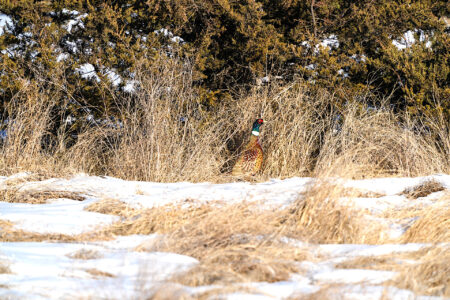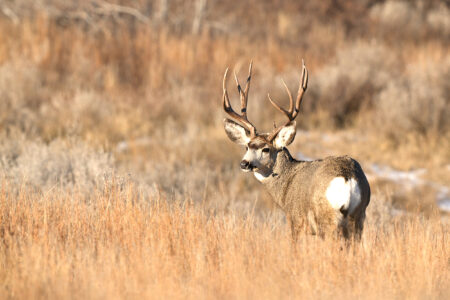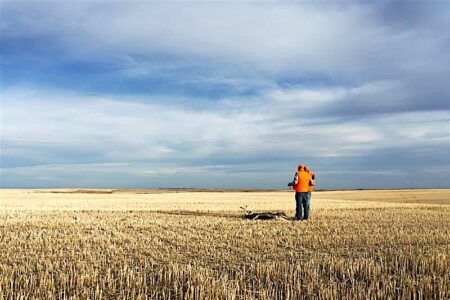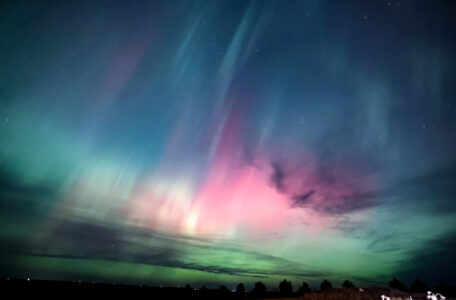North Dakota Outdoors: Explaining 2025 waterfowl hunting regulations
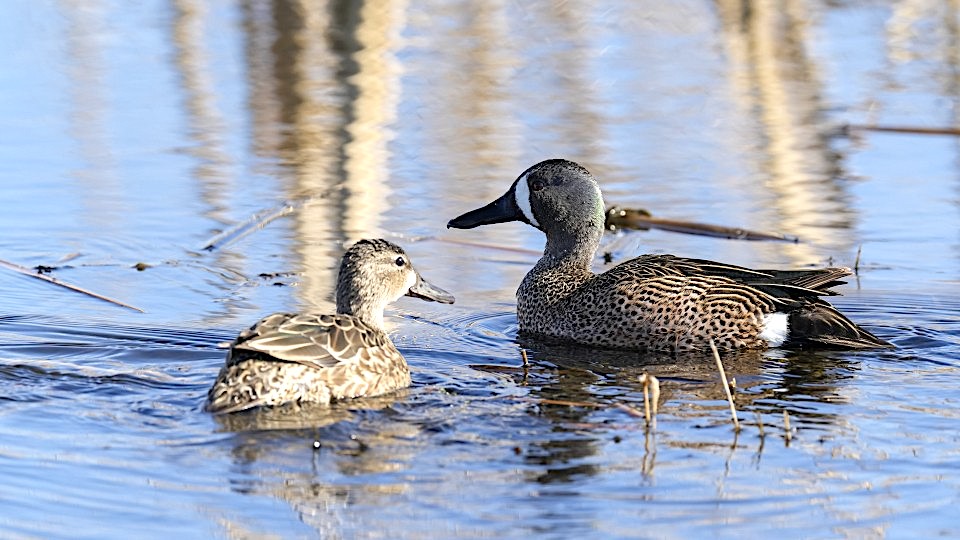
Submitted Photo The statewide nonresident waterfowl license has been discontinued for the 2025 season by the North Dakota Legislature. Photo by Ashley Peterson, NDGF
There’s been plenty of discussion in coffee shops, gas stations, online and more about the changes to this fall’s nonresident waterfowl regulations.
Here’s key points addressed by Bill Haase, Game and Fish Department wildlife division chief, and John Palarski, department waterfowl biologist.
1. Statewide nonresident waterfowl license removed
– The statewide nonresident waterfowl license has been discontinued for the 2025 season by the North Dakota Legislature.
– Nonresident hunters must now apply for licenses specific to one or two of the six new waterfowl zones.
– This change was enacted through the recent license fee bill and is intended to better distribute nonresident hunting pressure and provide more accurate tracking of hunting patterns across the state.
2. New nonresident waterfowl zones
– North Dakota is now divided into six nonresident waterfowl hunting zones.
– Zones are designed based on long-term waterfowl survey data collected annually by NDGF.
– Each zone is large enough for effective data tracking, but not so large as to dilute management effectiveness.
– Zones are approximately equal in size, to provide balanced opportunities and reduce overcrowding.
– Where possible, zones are delineated by conspicuous boundaries (such as major highways) rather than less recognizable lines like county or water boundaries.
3. Nonresident waterfowl hunting rules and restrictions
Zone and Day Limitations:
– Nonresident waterfowl hunters may hunt up to 14 days per season (split as two separate seven-day periods), using two different zones. The same zone cannot be used twice.
– This encourages nonresident hunters to “spread out” if they return for a second week.
– The two seven-day periods do not have to be consecutive; they may occur at any point during the season.
– Hunters must indicate their selected zones and hunting dates clearly on their license before hunting.
– Nonresidents only hunting one seven-day period in the year may select two zones to hunt.
No Caps or Quotas:
– There are no caps or quotas for nonresident waterfowl licenses in 2025. All eligible nonresident hunters may apply.
– The use of zones is specifically intended to avoid the need for caps or quotas by distributing hunting activity.
4. Electronic waterfowl stamp requirement
– All waterfowl hunters (resident and nonresident) must purchase a $5 electronic waterfowl stamp, set by the state Legislature.
– The new stamp allows for accurate, timely tracking of hunter participation and improves the department’s ability to monitor hunting effort and harvest.
– Stamp revenue will be used to create and support a waterfowl habitat improvement fund and youth hunting programs in North Dakota.
5. Common caller questions and sample answers
Q: Why did the statewide license go away?
A: The statewide nonresident waterfowl license was removed to better distribute nonresident hunting pressure and avoid the need for caps or quotas.
Q: Why don’t you institute caps or quotas on nonresident waterfowl hunters?
A: Our intent is to spread out the hunting pressure with the 2025 waterfowl hunting regulation changes, so a quota is not needed. This will be evaluated in the future to determine effectiveness.
Q: How do I select my zones and dates?
A: When you purchase your license, you will choose your hunting zones and hunting periods. You may use both seven-day periods at once (in two zones) or separately, but you may not hunt the same zone twice.
Q: Why can’t I hunt the same zone twice?
A: To help distribute nonresident hunting activity more evenly across the state and reduce pressure on any single zone.
Q: Is there a cap to the number of nonresident licenses in 2025?
A: No. There are no caps or quotas for the 2025 season.
Q: Where can I see the new zone map?
A: The map is available online on the department’s website and in the 2025-26 Hunting and Trapping Guide.

